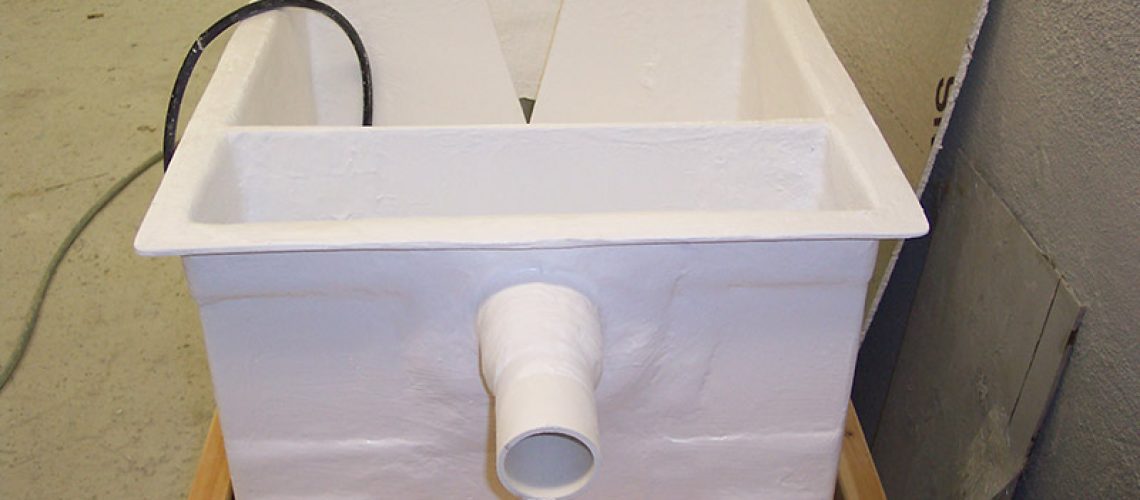When you’re looking to install a weir to use for your open flow channel, it’s helpful to learn all the lingo first. Weirs can be complicated if you’re a beginner, but if you learn the most essential definitions first, it’s easy to figure out what to do and how to make the most of your system. Learn the most important weir vocabulary and discover how your weir really works.
Notch
One of the most important aspects of any weir is the notch, which is also known as the overflow section. This is the part of the weir in which the water overflows, as the name would suggest. Keep in mind, however, that the notch can come in many different forms. The different types of weirs are named after what kind of notch plate they have. A rectangular notch plate is what you’ll find in a rectangular weir. The same is true for a triangular weir and a trapezoidal weir. The only notable exception is the Cipolletti weir, which was named after the person who developed it.
Crest
The crest is an essential aspect of the weir when it comes to actually measuring flow rate. Specifically, the crest is the lowest point of the notch in the weir plate. In a triangular weir, for example, the crest would be the point of the triangle shape. Keep in mind, however, that the crest is different from the zero reference elevation since they’re often confused. The zero reference elevation is the lowest point of the notch over which water flows. Additionally, it’s important to know that the water passing over the crest is known as the nappe. If the nappe is springing clear under free-flow conditions, you know the nappe is properly aerated.
Weir Pool
One of the most essential aspects of a weir is the weir pool. The weir pool is the body of water located upstream from the weir itself. It’s necessary because the weir essentially acts like a dam, which causes a backup of water upstream. To keep everything flowing properly, that backup of flow needs a place to go. That’s what the weir pool is for.
Rectangular Weir
If you’re working with a rectangular weir, there’s additional terminology you should familiarize yourself with. Rectangular weirs functionally come in two different forms. You can opt for a suppressed weir or a contracted weir. Suppressed weirs are ones in which the sides of the channel are the same as the ends of the weir. Meanwhile, a contracted weir is one in which the notch opening and sides of the weir are smaller than the width of the entire channel.
Weirs from Tracom
With the proper weir vocabulary in mind, you’re ready to get a weir of your own. That’s where the experts at Tracom can help. You’ll find a wide variety of different weir box sizes and styles to choose from, though you can always work with our design team to customize your creation to fit your unique flow conditions. Contact us today to learn more about everything we can offer!



